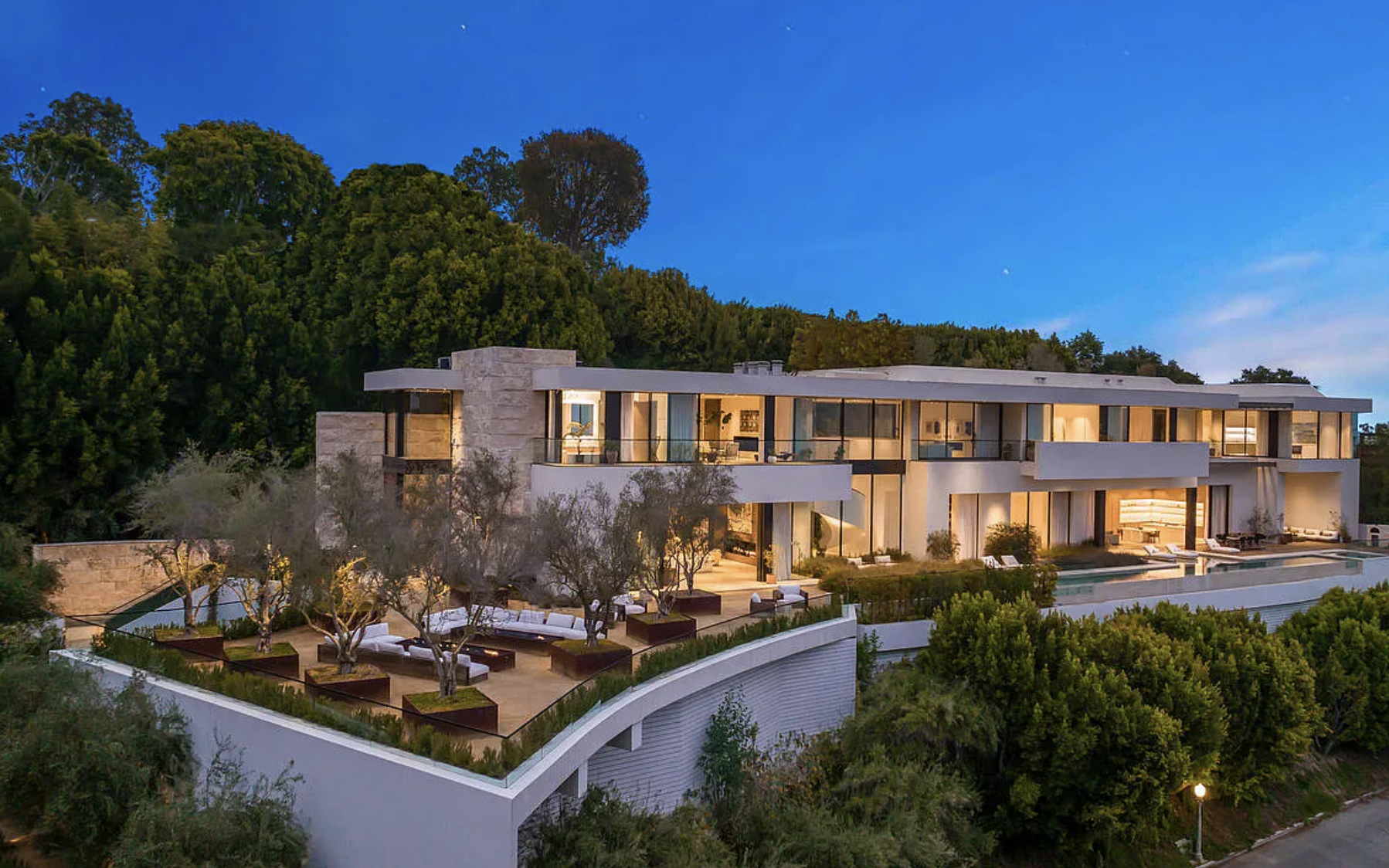Buying or selling a home is a substantial transaction, and homeownership has been part of the ”American Dream” for a long time, and it is also a way to build wealth. Hence, as someone putting their home on the market, your main goal would be to retain the wealth you have potentially built.
As a buyer, you would like to make a savvy decision and protect yourself in the process of making probably the most significant financial investment in a lifetime. Thus, it is important to think critically about the realtor you intend to hire. Real estate agents are not all the same, and their expertise, track record, and fees can vary greatly. So, here are the top ten questions to ask your luxury realtor and find your ideal home selling partner.
1. Do you work with buyers or sellers?
Although many agents do both, listing and buyer agent are different jobs. First of all, they require a different set of skills. Selling or buying real estate is a complex process, so make sure you choose someone with solid experience in the given domain.
2. Is real estate your full-time job?No matter if you are selling or buying, speed and availability are essential in real estate. Thus, one of the most important questions to ask your realtor is whether they are a full-time agent. If someone juggles another career and represents you on the housing market, you will ultimately have to adapt to their schedule. The pandemic sent scores and scores of people out to get their real estate licenses, so the market is flooded with inexperienced agents looking to make their first few deals.
3. For how long have you been in the business?
It is essential to have an excellent realtor to help you navigate the labyrinths throughout the complex process of buying or selling luxurious property. Not all problems nor advantages are apparent at first sight, but that is why you need an expert in the first place. So, someone just starting in the industry may not be your best bet this time around. An agent with a depth of experience and knowledge is someone you should consider relying upon.
4. What is the profile of your clients?
For a realtor, it is essential to know the area they work in well. This way, they will give you a clear picture of the profile of the people that live in it. And vice versa, if you are selling your home, your agent should tell you what type of buyers they work with and what you should expect. So, your realtor is not just your guide to luxury homes in the area, but they should be able to bring you closer to the experience of the process, from start to end. This way, you will know what to expect and have it smooth and less stressful.
5. Do you have referrals from clients?
Before you even reach out to a real estate agent, you would like to check the satisfaction rate of their previous clients. Online reviews are a great way to get some unfiltered views and check if the majority of customers are happy with the work of your potential agent. Besides, any real estate agent with a solid background and experience will be able to provide you with referrals upon request. Thus, among the first questions to ask your luxury real estate agent is whether they can provide you with referrals.
6. What is the worth of my property?
Realtors do not typically charge you for selling your home. But, they do get a percentage from the deal you close. Usually, this is about 3% of the total cost. As a seller, you are paying the listing and buyer agent, so that is a total of 6% in realtor fees. Another thing to be aware of is that, more often than not, you lean towards overpricing your property as a seller. This undoubtedly discourages potential buyers. With many pieces to the puzzle to consider, your luxury realtor should be someone that will keep you in check on these and many other things. Your ideal luxury real estate agent will be able to form a good pricing strategy and explain to you the details of how they got to it. Thus, ask this and other relevant questions to ask your luxury realtor in the future.
7. What offers should I expect to get?
Unlike with traditional homes, when it comes to luxurious properties, it is not as important how many offers you have, but which ones you have. There is no precise formula for pricing a high-end home. And your luxury real estate agent should give you an idea about the range of offers you should expect to receive. Surely, there will be competitive offers, attempts to negotiate, and so on. And your agent should keep you informed and looking in the direction of your best interest.
8. How long will the selling/buying process take?
For your convenience as a seller, one of the most helpful questions to ask your luxury realtor is how long it typically takes for them to sell a property. Some realtors will list your home for as long as it needs to be listed until the perfect offer comes in. Either way, it is good for you to know more about the time frame of the process. This will allow you to plan accordingly, whether exploring fun things to do in the area or planning your relocation.
9. How will you advertise my home?
Among other things, high-end realtors differ from their counterparts in terms of the marketing strategy they implement. Local agents typically have good connections and resources. This allows them to market your home and sell faster at the best price. So, ask your agent more about the topic and how it will help you fulfill your particular objectives.
10. What are my obligations in the process?
When hiring a luxury real estate agent, you would like to coordinate the entire selling or buying process with them. So, ask them about their availability. Make a point to check if your timeline and schedules match. Further, ask for any specific requirements they have in terms of etiquette.
Checklist for buying a home in CA
The national median home value sits at $320,000. In the Golden State, this is $600,000, or 88% more than the average in the U.S. When it comes to California, homes in L.A. are at the highest end of the scale at $815,000. Luxury homes in sought-after locations like Beverly Hills are priced at $4,000,000, and that is for mid-tier homes. Case in point, you will have to do your due diligence and learn a lot about the property market in the state. So, arm yourself with a checklist for buying a home, and follow all the steps diligently. Your high-end agent will surely help you on the quest. So, implement your resources wisely, and make the process smooth and easy.
Why is it important to hire a good luxury realtor?
With a massive transaction such as buying a home, you cannot afford the happy-go-lucky approach. And ensuring that everything goes well for you means having a good agent working for you. Thus, step up your game, and choose the best you can find. With the aforementioned questions to ask your luxury realtor, you will be able to do so. Thus, take note, and commence your interviewing mission.


























